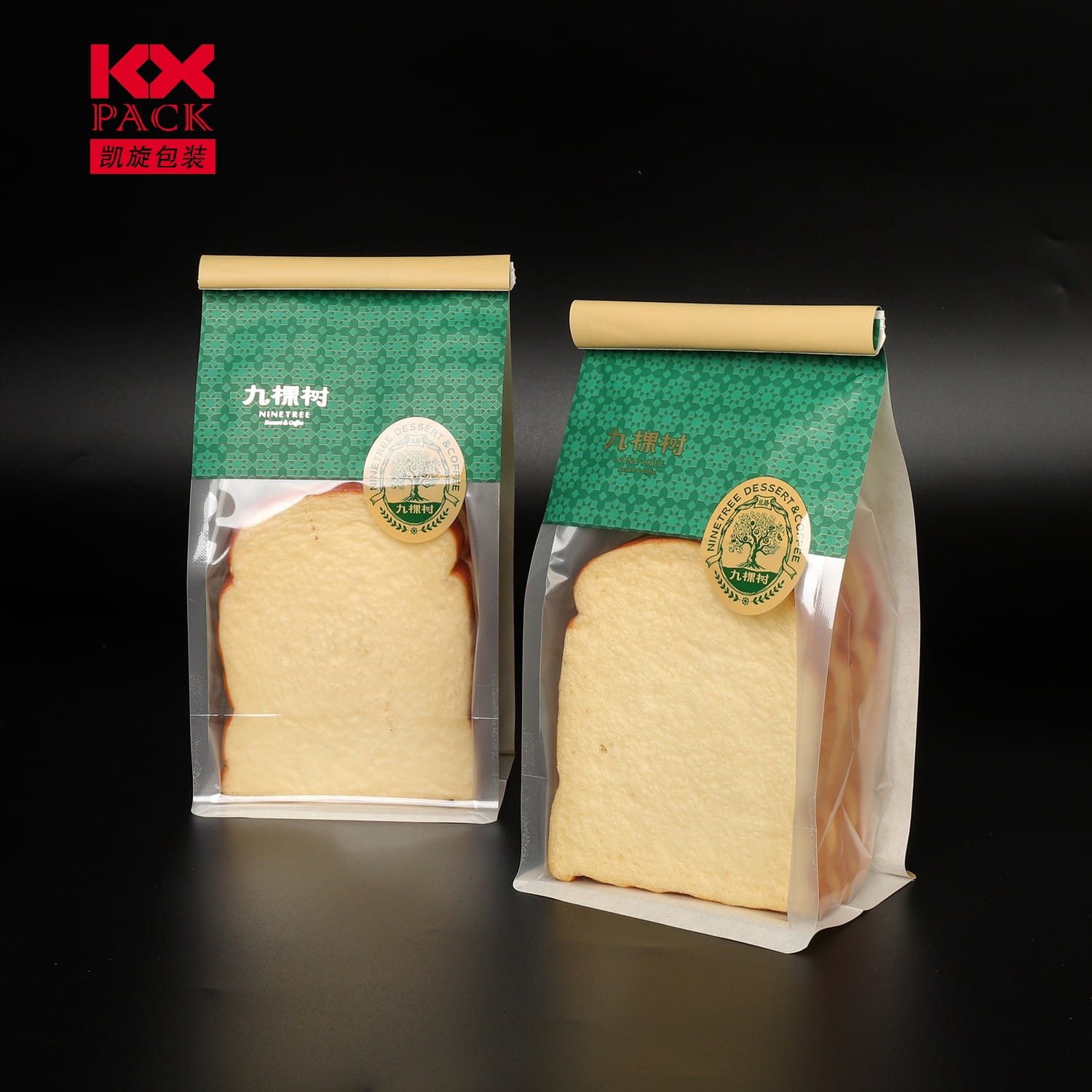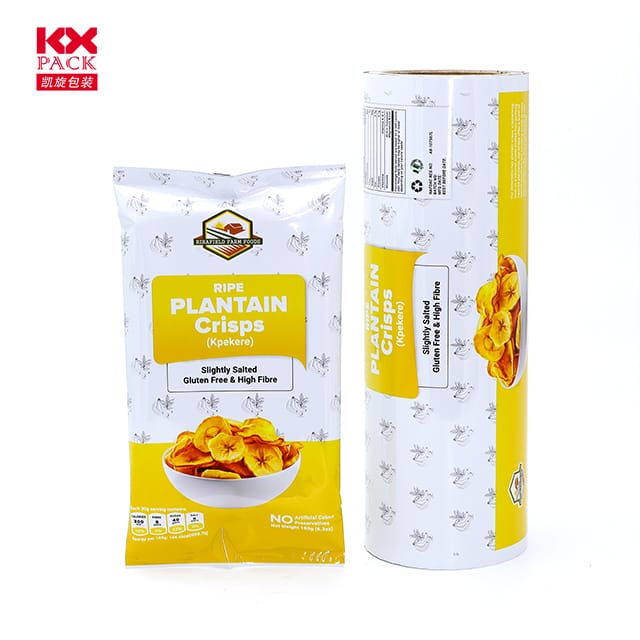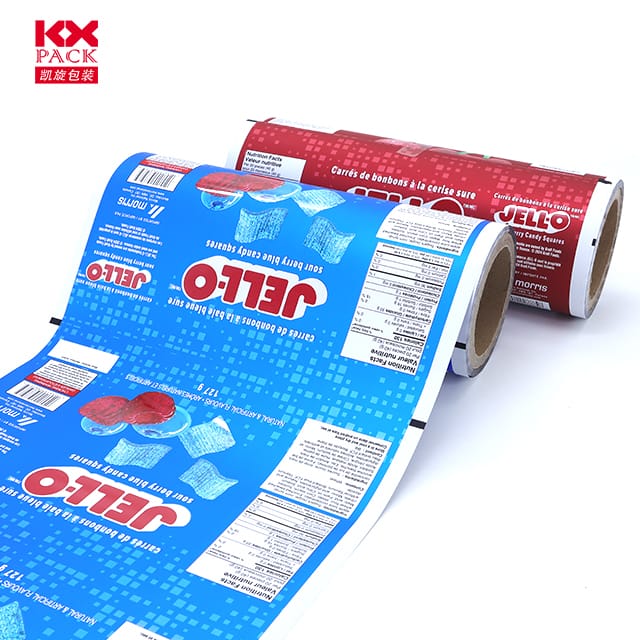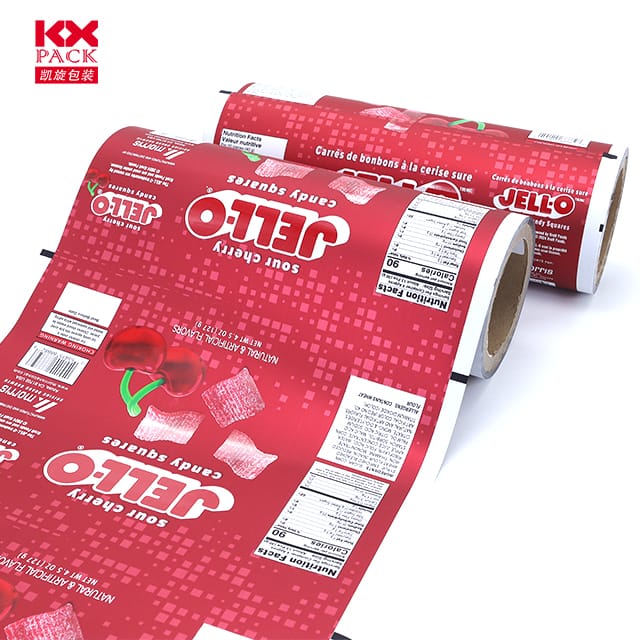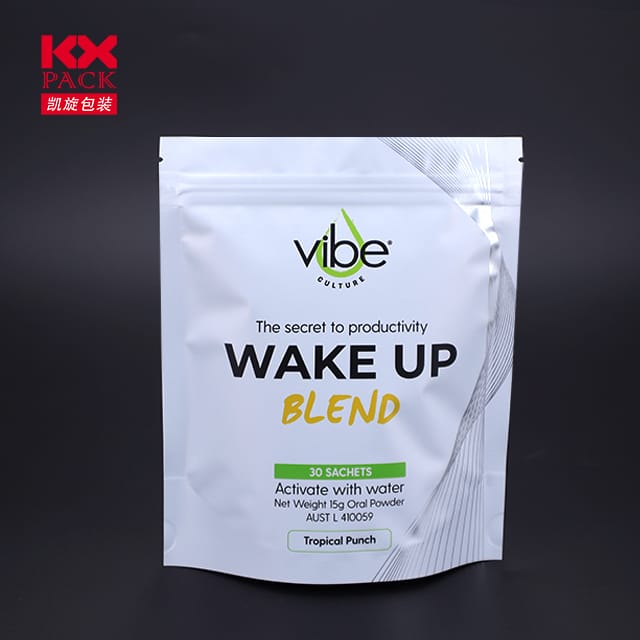The Evolution and Impact of Flexible Films in Food Packaging
柔軟な映画
In the dynamic world of food packaging, 柔軟な映画 have emerged as a game-changer, 製品の保存方法に革命をもたらす, 提示, and transported. Combining innovation with sustainability, these lightweight, adaptable materials are reshaping the industry while addressing growing consumer demands for convenience and eco-conscious solutions.
What Are Flexible Films?
Flexible film are thin, pliable sheets made from polymers like polyethylene (PE), ポリプロピレン (PP), polyester (ペット), or biodegradable alternatives such as polylactic acid (人民解放軍). Designed to conform to product shapes, they offer versatility unmatched by rigid packaging. Common applications include pouches, wraps, lids, and bags for snacks, fresh produce, dairy, そしてすぐに食べられる食事.
Key Advantages of Flexible Films
- 製品保護の強化
Flexible films create airtight barriers against moisture, 酸素, そして光, extending shelf life and reducing food waste. Advanced multilayer structures can incorporate oxygen scavengers or UV filters for superior preservation. - Sustainability Benefits
Compared to traditional materials, flexible films require fewer resources to produce and transport, lowering carbon footprints. Many are now recyclable or compostable, aligning with global circular economy goals. 例えば, Dow’s RecycleReady technology enables recyclable pouches, while companies like TIPA® offer certified compostable films. - Cost-Efficiency and Convenience
Lightweight and space-saving, flexible films reduce storage and shipping costs. Their resealable designs—like zippers or spouts—enhance user experience, catering to on-the-go lifestyles. - Branding and Shelf Appeal
High-definition printing capabilities allow vibrant, customizable designs, helping brands stand out in competitive retail environments.
Challenges and Innovations
彼らの利益にもかかわらず, flexible films face hurdles:
- リサイクルインフラ: Single-material films are easier to recycle, but multilayer variants (common in high-barrier packaging) remain problematic.
- Material Complexity: Balancing performance with eco-friendliness requires ongoing R&D.
Innovations Driving Change:
- Biodegradable Polymers: Materials derived from corn starch or sugarcane are gaining traction.
- 化学リサイクル: Breakthroughs like enzymatic degradation promise to recycle mixed-material films.
- スマートなパッケージング: Integration of sensors to monitor freshness or RFID tags for supply chain transparency.
The Future of Flexible Films
The market for flexible food packaging is projected to grow at aのcagr 5.2% を通して 2030 (Grand View Research), によって支えられる:
- Rising e-commerce: Demand for durable, lightweight shipping materials.
- Health-Conscious Consumers: Preferences for hygienic, single-serve portions.
- Regulatory Pressures: Stricter bans on single-use plastics are accelerating adoption of sustainable alternatives.
結論
Flexible films represent a bridge between functionality and environmental responsibility. 技術が進むにつれて, their role in reducing waste, enhancing food safety, and delighting consumers will only expand. Brands that embrace these materials today are not just staying ahead—they’re contributing to a healthier planet.
Call to Action:
Are you ready to explore flexible packaging solutions for your brand? Share your thoughts or questions in the comments below—let’s discuss how innovation can meet sustainability in the food industry!
Word count: ~550
キーワード: 柔軟な映画, 食品包装, 持続可能性, 革新, リサイクル

